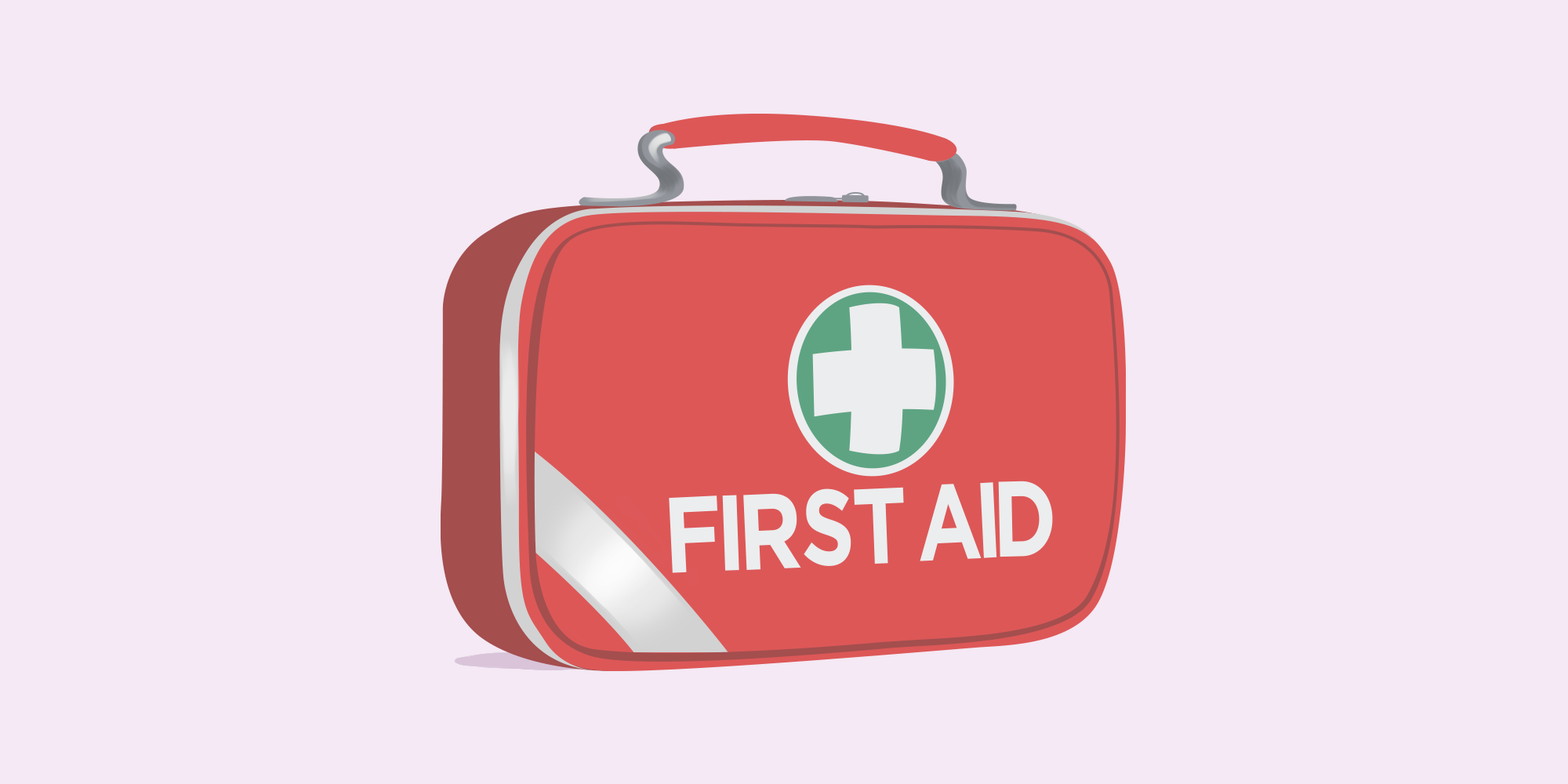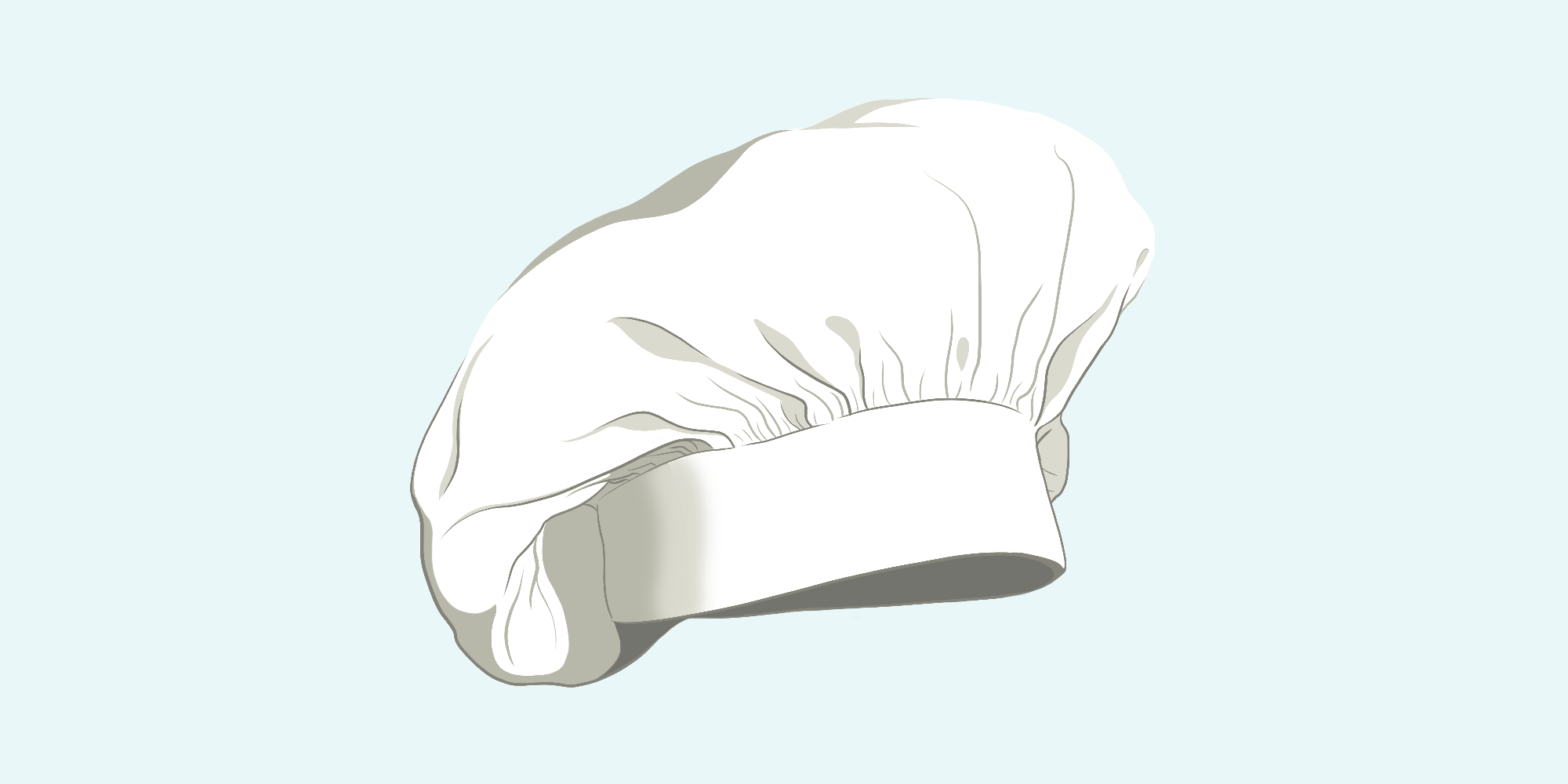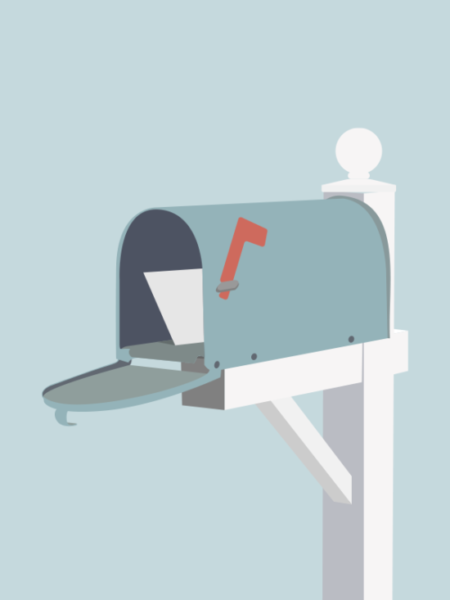Whether we’re in a recession is the question on everyone’s lips these days. But recessions are a normal part of the business cycle, so why do people recoil at the mere mention of one ?
While the occurrence of a recession shouldn’t come as a surprise, its timing, cause, depth and duration, quite often do.
What is a recession?
The technical definition of a recession is two consecutive quarters of negative real GDP (gross domestic product) growth. Real GDP measures total economic output after accounting for inflation.
Alternatively, the National Bureau of Economic Research (NBER) defines a recession as “a significant decline in economic activity that is spread across the economy and lasts more than a few months”.
Recessions can last anywhere from months to years, but typically end within a year or less.
A technical recession might not be a real recession, but of the last 10 times the U.S. experienced two consecutive quarters of negative GDP growth, a recession was officially declared all 10 times. We shall see if this is true again in 2022.
What happens in a recession?
During a recession, unemployment will usually rise and retail sales fall. Instead of spending, consumers choose to pay off debt or save, and will often defer making big-ticket purchases.
A drop in consumer spending caused by higher prices, lower incomes, and/or concerns about the future is the most common cause of slower growth in an economy. Reduced demand causes businesses to scale back their investments, production, and workforce, sometimes radically, which exacerbates the slowdown.
Recessions typically occur at the peak of a business cycle and end at the lowest or trough point. The COVID-induced recession was an exception as economic activity peaked in Q4 2019, but the recession started in Q1 2020. This is the shortest recession on record with the NBER, which is the arbiter of recession declarations in the United States.
Who decides it’s a recession?
NBER makes the official declarations related to U.S. recessions. But, they are often slow to make announcements, with many coming well into a recession or even after one has ended.
In Canada, the government determines whether the economy has entered (or exited) a recession. The Governor of the Bank of Canada or the Minister of Finance communicates any determinations about the onset or end of a recession.
Can you tell when one is going to start?
There’s no regular or scheduled interval in the business cycle when recessions occur. But, economists and government officials do monitor certain measures of economic activity as a gauge of whether a recession is about to occur, which are known as leading indicators. Examples include sharp drops in the stock market, declining retail sales, lower inventories held by businesses, or a significant drop in home prices. An inverted yield curve and waning consumer confidence are also signs a recession may be looming.
Similarly, there are measures of economic activity known as lagging indicators, which can confirm a recession has occurred. These include declines in real GDP, wages and incomes, deteriorating international trade, and higher unemployment rates.
Recessions come in different shapes and sizes
- V-shaped recessions are quick, with a sharp decline followed by a swift and dramatic rise.
- U-shaped recessions mean the economy spends longer at the bottom and rebounds more gradually.
- W-shaped recessions are when the economy begins to recover and then enters another recessionary period — also known as a double-dip recession.
- K-shaped recessions occur when certain segments of the economy recover more quickly than others.
History of recessions in Canada
History teaches us that recessions are inconsistent and often unpredictable.
Canada has undergone five recessions since 1970 and 12 going back to the Great Depression (1929). Canadian recessions usually last from three to nine months. Interestingly, all Canadian recessions since 1970 happened at the same time as a recession in the U.S., demonstrating the high degree of interconnectedness between our economies.
This time is different, or is it?
We are clearly slowing down economically, which is precisely what the Bank of Canada and U.S. Federal Reserve are aiming for. The odds of avoiding a recession continue to diminish with each rate increase and likely more so the larger the increases.
That being said, all six indicators tracked by NBER to make their recession call have expanded since December 2021 (to the end of June 2022), albeit at a slower rate than they were previously. There’s also never been a U.S. recession without job losses.
North American economies aren’t the only ones ostensibly teetering on the edge of a recession, with similar situations in China and the Eurozone.
If there’s a silver lining to be had here, it’s that recessions don’t last forever. Even the worst recession of all time — The Great Depression — eventually ended, and when it did, a period of strong economic growth ensued. We’ll have to wait and see what happens this time around.





